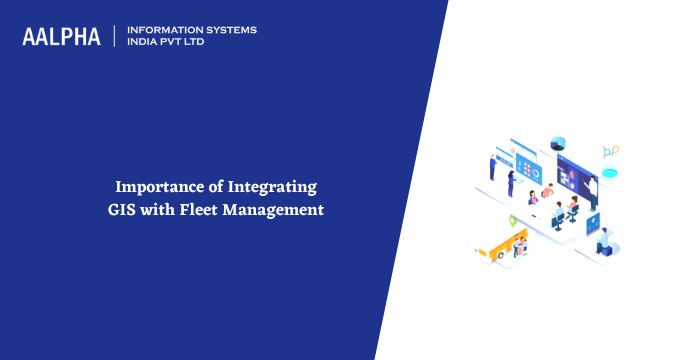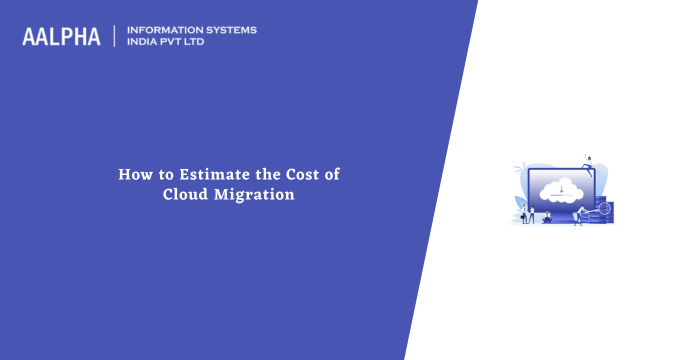Concerns for project managers in the oil and gas pipeline business range from staff and asset management to ensure projects remain on schedule and within budget. To operate effectively, firms may use various project management technologies, including asset and fleet monitoring systems.
Choosing a GPS fleet monitoring system that enables contractors to utilize a local web map service (WMS) and overlay Geographic Information System (GIS) maps on existing maps is very advantageous for enterprises in the pipeline sector. This interface allows oil and gas firms to synchronize their GIS mapping technology with the GPS fleet tracking system.
Integrating GIS technology with fleet management software may increase the efficiency of businesses. This connection provides accurate reporting, eco-friendly decision-making, effective disaster recovery and prevention, geofencing capabilities, and safety enhancements.
Employee Records
In an industry where personnel drive to and from distant working locations, employee safety is an issue, and management must be informed of employee whereabouts. Using map layering technology, managers may superimpose GPS fleet monitoring maps with precise GIS maps of distant places where their personnel are providing service.
Even if an employee is on a dirt road that may not be seen on a standard map, many oil and gas pipeline businesses profit from this integration since it enables them to examine precise information. Specific latitude and longitude locations may be set up to identify the car’s exact position, giving management confidence in the employee’s safety.
Regarding day-to-day operations, GIS overlays from a GPS fleet monitoring provider enable managers to determine which staff is closest to work and which equipment is closest to the person. A completely integrated system automatically gathers this data, helping organizations to boost operational efficiency and rapidly allocate projects in the chaotic oil and gas sector.
Equipment Data
In the oil and gas business, equipment is a crucial asset. When one of these pricey trailers, tanks, or pumps is lost or stolen, it harms the bottom line and hinders production. With GIS overlay features, project managers may add assets-related points of interest and observe their position inside a single GPS fleet tracking platform.
Contractors should seek a GPS fleet tracking system that enables the company’s pipelines, power grids, and wellheads to be overlaid on the solution’s maps. This saves the contractor both time and money that would have been required to replace the item.
Due to unstructured inventory updates, businesses might avoid spending money on renting equipment. Managers are always aware of the location of every piece of equipment.
Data on Traffic and Routing
Employees in the oil and gas pipeline business must go to distant areas, such as pumpjacks and tankards, that are difficult to identify on a typical map. Managers can superimpose their unique map with the equipment or job site’s location to present them in connection to roadways. This simplifies navigating, if necessary, by displaying GIS data points alongside the vehicle’s position.
Weather Reports
The weather is unpredictable, and a sudden shift in temperature or unexpected downpour might derail a day’s work. In addition, the oil and gas pipeline sectors employ costly equipment. If specific equipment parts are left exposed during inclement weather, this might accelerate asset degradation, necessitating further repairs or replacement.
Temperature, Doppler radar, and cloud cover should be offered as overlays by a complete GPS fleet tracking system. This guarantees that you are informed of impending severe weather and can adequately safeguard your equipment.
In addition to securing equipment effectively, weather overlays are advantageous from an employee management perspective. Certain temperatures may prevent operations or need extra help if your organization operates in harsh circumstances. By having this actionable data immediately fed into your GPS fleet tracking system, project managers can be sure that they will not spend time dispatching a team to a location.
Fuel Benefits
Integrating GIS overlays with a complete GPS fleet monitoring system enables businesses to monitor every element of fuel use. For fuel tax reporting, businesses may apply a system that contains modules that report on fuel efficiency, fuel loss, and gasoline usage.
Contractors should seek a technology that monitors kilometers travelled off public highways to avoid these costs. Fuel taxes are a concern unique to the oil and gas sector. Therefore contractors should pick a GPS fleet monitoring system tailored to the oil and gas industries and provides precise tracking in distant areas.
When considering GPS fleet monitoring providers with GIS overlay capabilities, organizations should also search for solutions with cost-effective communication systems that operate via 3G or 4G networks or through satellite if no other signal is available. This guarantees that maps and data are accessible at all times, regardless of location.
In the oil and gas pipeline sector, GIS maps are a costly but necessary overhead expense. By selecting a complete GPS fleet management software incorporating GIS map overlays, contractors may be sure that their mapping investments come into use.
Finally, connect with software development company, if you are planning to Integrate GIS technology with fleet management software




Share This Article:
Written by:
Muzammil K
Muzammil K is the Marketing Manager at Aalpha Information Systems, where he leads marketing efforts to drive business growth. With a passion for marketing strategy and a commitment to results, he's dedicated to helping the company succeed in the ever-changing digital landscape.
Muzammil K is the Marketing Manager at Aalpha Information Systems, where he leads marketing efforts to drive business growth. With a passion for marketing strategy and a commitment to results, he's dedicated to helping the company succeed in the ever-changing digital landscape.